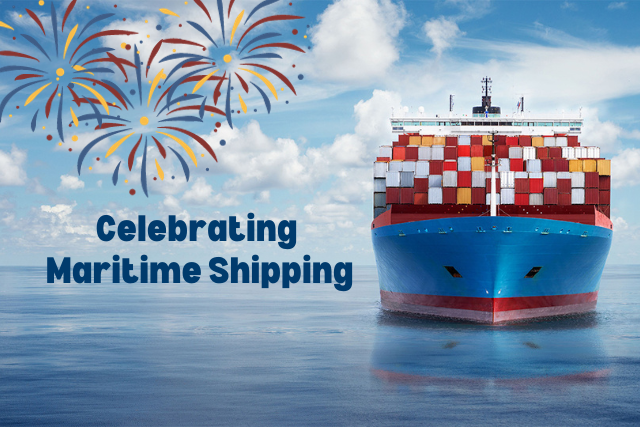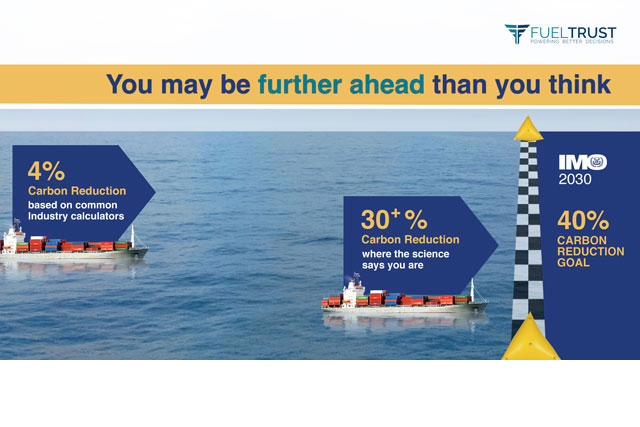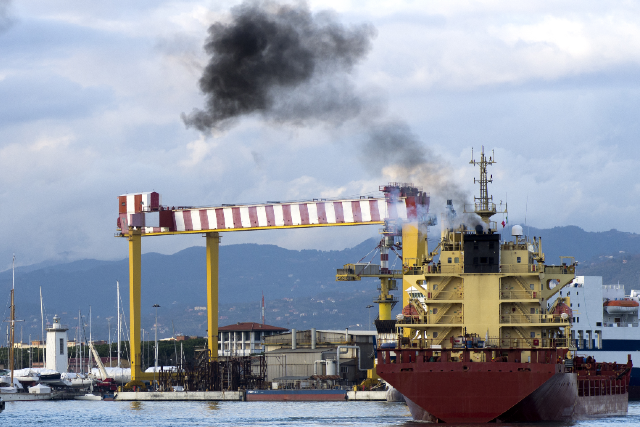The message coming from the Poseidon Principles signatories at the Global Maritime Forum on 22 September was clear: shipping companies must, as reported by TradeWinds, go full steam with their decarbonization plans to reduce the industry’s carbon footprint.
Tackling global warming should be incentive enough for the industry to act now, but progress has been slow. That may change, however, as shipowners and operators come under heavy scrutiny from the 30 banks and 17 insurance providers that have set new standards around decarbonization for companies they do business with.
The signatories to the principles – a framework introduced by international shipping banks to assess and disclose the climate alignment of ship finance portfolios – collectively represent a bank loan portfolio to the shipping industry of around $185 billion.
As such, shipowners and operators need a robust strategy for helping steer their fleets towards a more sustainable future. Explaining in general terms how clean technology and alternative fuels can deliver a profitable green fleet will no longer be enough; they will need to demonstrate the viability and provability of their decarbonization plans.
Without a blueprint that stands up to scrutiny, maritime companies will struggle to convince banks to finance their plans for decarbonizing maritime. Securing capital from other sources such as equity investors, stock exchange traders, carbon credits or green bonds will also be challenging.
So how can owners prove the green credentials of their fleets when seeking new or additional finance? At this point, banks accept estimates on cutting carbon rather than validated data. But soon, they may demand tangible proof of how green an asset is, especially once the Carbon Intensity Indicator (CII) is introduced on 1 January 2023.
Complying with CII will involve calculating a vessel’s annual fuel consumption and distance travelled using information gathered through the IMO Data Collection System. The calculation, which applies to cargo and cruise ships of 5,000GT or more, will reveal a ship’s actual annual carbon intensity rating, which must be documented and verified against the indicator’s requirements.
For shipowners seeking financing now to make vessels greener and more efficient, a year is too long to wait to understand their first CII rating. Fortunately, a solution in the form of cloud-based artificial intelligence and blockchain technology exists today, that can deliver a validated carbon baseline for ships in weeks, not months, at pennies per barrel of fuel. This is ideal for vessel owners as they prepare for their yearly CII assessment.
An exact calculation is essential as all fuels are not created equally. Studies show, for example, that batches of the same fuel can have an energy density difference of up to 3%. Moreover, the carbon difference between batches is significant. The higher level of granularity in our data gives owners and charterers a far better picture of their past – and future – GHG performance.
With FuelTrust’s Carbon Baseline, shipowners receive a detailed and verified baseline assessment of historical vessel and fleet emissions. By analyzing different batches of fuels, FuelTrust provides accurate emissions estimates for historical benchmarks, allowing owners to benefit from past emissions reductions, and to predict future performance based on a specific bunker of fuel, vessel and journey.
With our actional insights and reporting capability, shipowners have the data they need to validate green ships, certify applications for carbon credits, and, using our independent emissions scoring, seek lower carbon taxes and fees globally.
The evidence shipowners require to verify past and future decarbonization results is available to the industry today – giving shipowners the data needed to validate and support regulatory and financial requirements, and to face scrutiny from the Poseidon Principles’ signatories.







